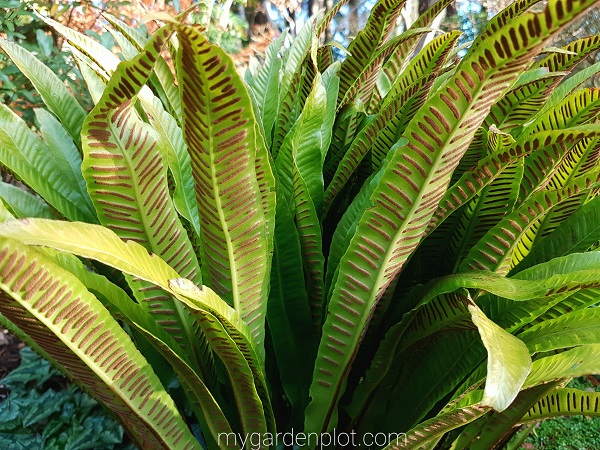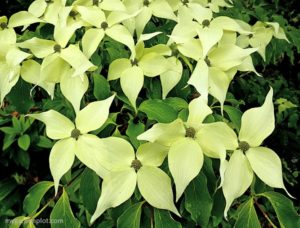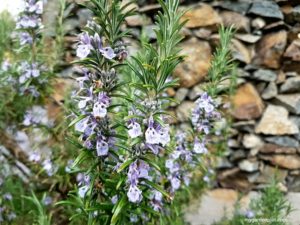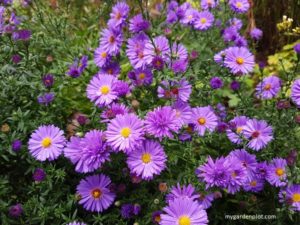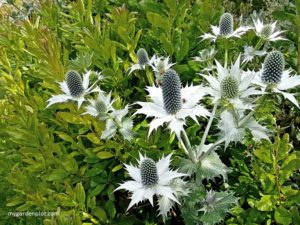About Asplenium scolopendrium (syn. Phyllitis scolopendrium) Hart's Tongue Fern, Horse Tongue Fern, Christ's Hair Fern, Burnt Weed Fern, Buttonhole Fern
Ferns are synonymous with Pacific Northwest gardens. With ideal climates and perfect conditions, many ferns thrive in this region. However, there are a few ferns that may struggle, but given the right conditions, can thrive in this generally wet region. The Asplenium scolopendrium is an ornamental fern that we enjoy for its versatility and interesting, bold, strap-like or tongue-shaped fronds. It is most commonly known as hart’s tongue fern, but occasionally also referred to as horse tongue fern, Christ’s hair fern, or burnt weed fern. Here are tips on how to grow and care for hart’s tongue fern in your garden.
The hart’s tongue is an evergreen fern that is versatile for either lime rich or neutral soils and can grow well in slightly acidic soil. It is hardy to zone 4 and can easily grow in shady rock gardens, wall crevices, forest settings, and north-facing gardens. The key is to have free-draining soil to prevent root rot. The hart’s tongue fern combines well with other shade-loving plants, such as hostas and lily-of-the-valley, in a woodland garden setting. And makes attractive base plants along with hellebores under the shade of rhododendrons. The hart’s tongue fern looks equally impressive in container gardening, where it can thrive for many years in the same pot.
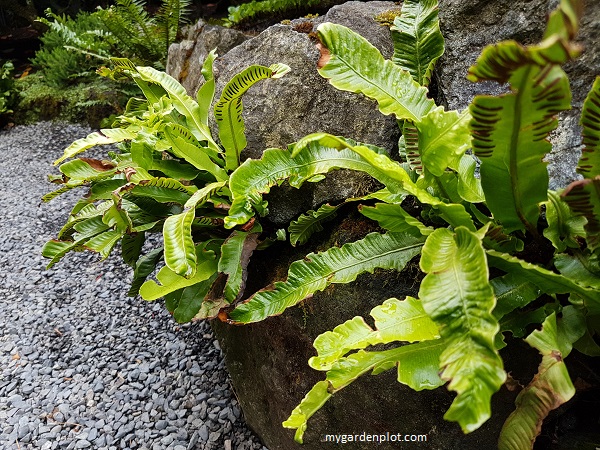
Hart’s Tongue Fern At A Glance
Type: Evergreen, Ornamental Fern
Location: Partial / Full Shade
Seasonal Interest: Year-round Foliage
Size: 75 cm (30 inches) height
Cold Hardiness Zones: 4, 5, 6, 7, 8, 9
Where To Plant And How To Grow And Care For Hart’s Tongue Fern
The Asplenium scolopendrium (syn. Phyllitis scolopendrium), hart’s tongue fern, can tolerate either wet or dry, cool garden conditions. While the hart’s tongue fern is somewhat drought tolerant (once established), it thrives best planted in fertile, moist and well-drained soil that is either neutral or rich in lime, where the fronds will be larger and lusher. The fronds will be shorter in a drier location. It can thrive in slightly acidic soil too.
The new foliage will start to emerge in late winter, and the old fronds can be cut off carefully in spring when the new lush foliage begins to unfurl.
This hardy fern should be watered moderately, and benefits from an annual application of compost in spring.
If planted outside in a container, and you are in a region that receives a lot of rain in winter, shelter under an overhang to prevent moisture saturation during the rainy season.
Hart’s tongue fern matures dramatically in an planter or hanging basket.
Pests And Disease Affecting Hart’s Tongue Fern
The hart’s tongue fern is generally pest and disease-free. It is deer resistant. Though it can suffer from root rot if planted in a boggy area. It is essential that it has free-draining soil.

